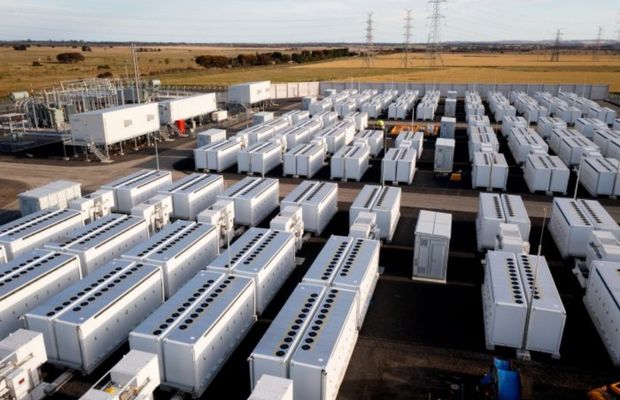Next-generation battery energy storage systems (BESS) are at the forefront of innovations in renewable energy and sustainable technology. They are crucial for enhancing the efficiency and reliability of renewable energy sources, like solar and wind power, which are intermittent by nature. Let’s explore the latest innovations and challenges in this field:

Innovations in Next-Generation Battery Energy Storage Systems
- Advanced Lithium-Ion Batteries: While lithium-ion batteries dominate the market, advancements in cathode and anode materials, electrolytes, and battery design are pushing their performance further, increasing energy density and safety.
- Solid-State Batteries: These batteries replace the liquid electrolyte with a solid electrolyte, offering higher energy densities, faster charging times, and improved safety. They are seen as a potential game-changer in the industry.
- Flow Batteries: Particularly redox flow batteries, these are promising for large-scale energy storage due to their scalability, long cycle life, and ability to be fully discharged without damage.
- Graphene and Nanotechnology: The use of graphene and other nanomaterials in batteries can greatly improve charge rates, energy capacity, and durability.
- Integration with Renewable Energy: Innovative solutions in integrating battery energy storage systems with renewable energy sources are being developed for more efficient energy usage and storage.
- AI and Machine Learning: These technologies are being employed for smarter battery management systems, optimizing charging/discharging cycles, and predicting maintenance needs.
Challenges Facing Next-Generation Battery Energy Storage Systems
- Cost: Despite falling prices, the high cost of advanced battery technologies remains a significant barrier to widespread adoption.
- Materials Scarcity and Sustainability: Many batteries rely on materials that are scarce or have environmental and geopolitical concerns, like lithium and cobalt.
- Safety Concerns: While advancements are being made, battery safety, especially in high-energy-density batteries, remains a concern.
- Recycling and Lifecycle Management: As battery usage increases, developing efficient recycling methods and managing the lifecycle of batteries to minimize environmental impact are becoming critical issues.
- Energy Density and Scalability: Achieving higher energy densities while ensuring scalability for larger power grids is a challenging aspect.
- Regulatory and Market Frameworks: Establishing regulations and market structures that support the integration and compensation of energy storage solutions is complex but necessary.
The Future
Continued research and development in this field are vital. Collaboration between governments, industries, and academia can accelerate innovation and address these challenges. The potential benefits of next-generation battery energy storage systems are immense, not only for renewable energy integration but also for enabling a more resilient and sustainable energy grid worldwide.
